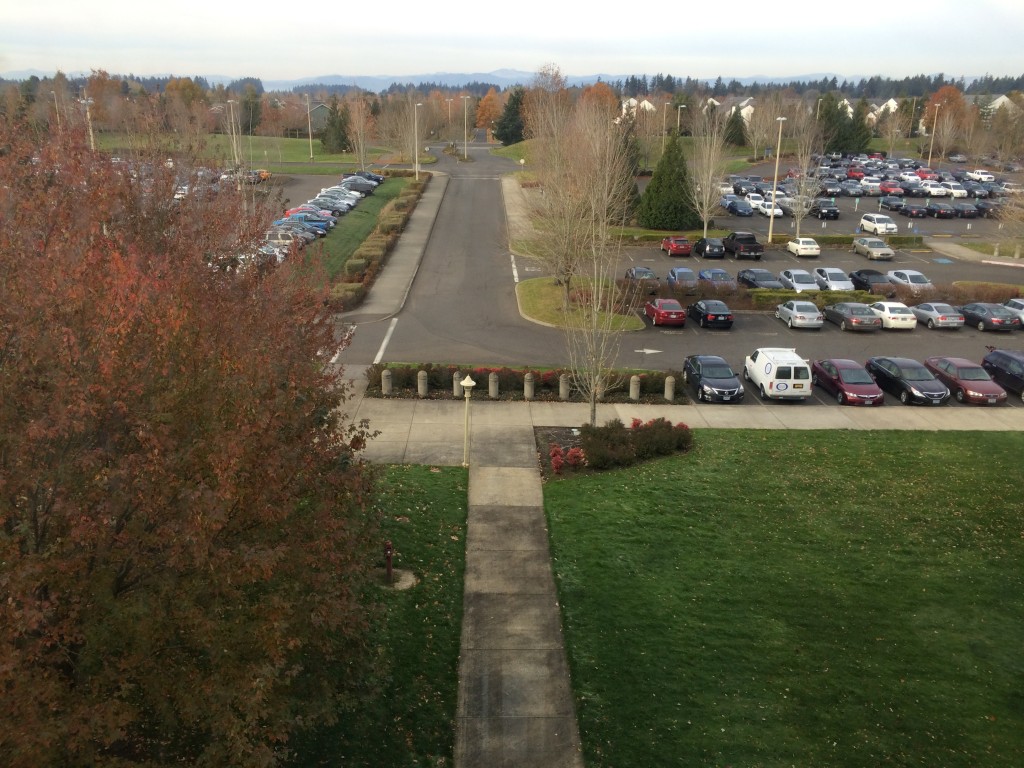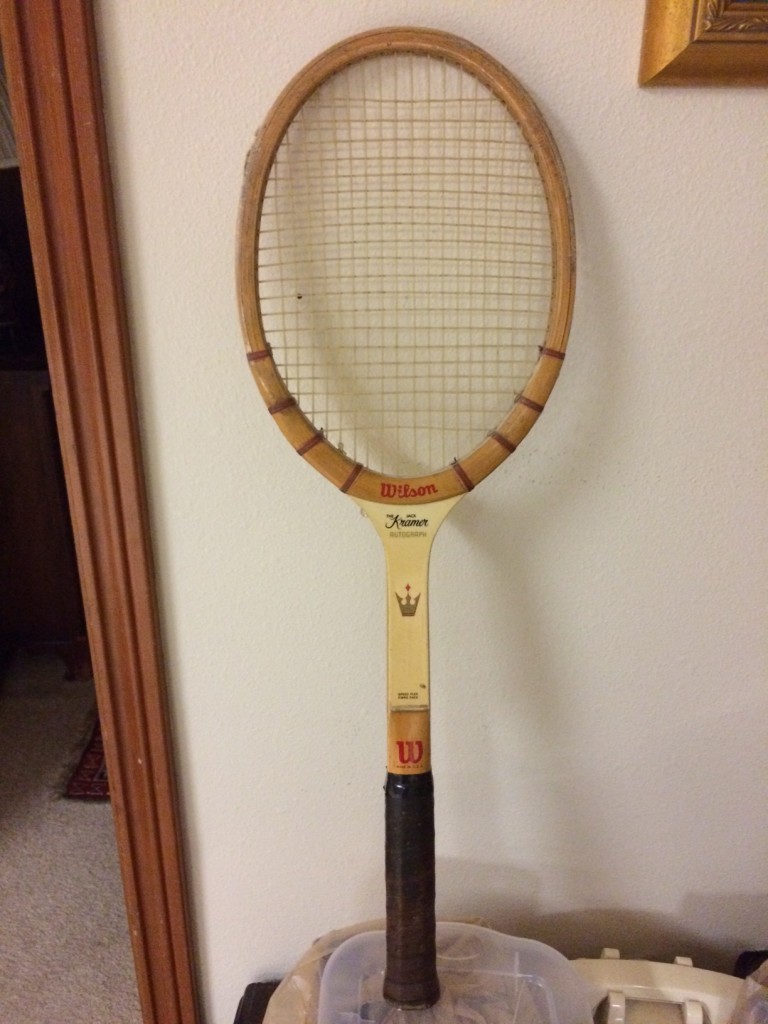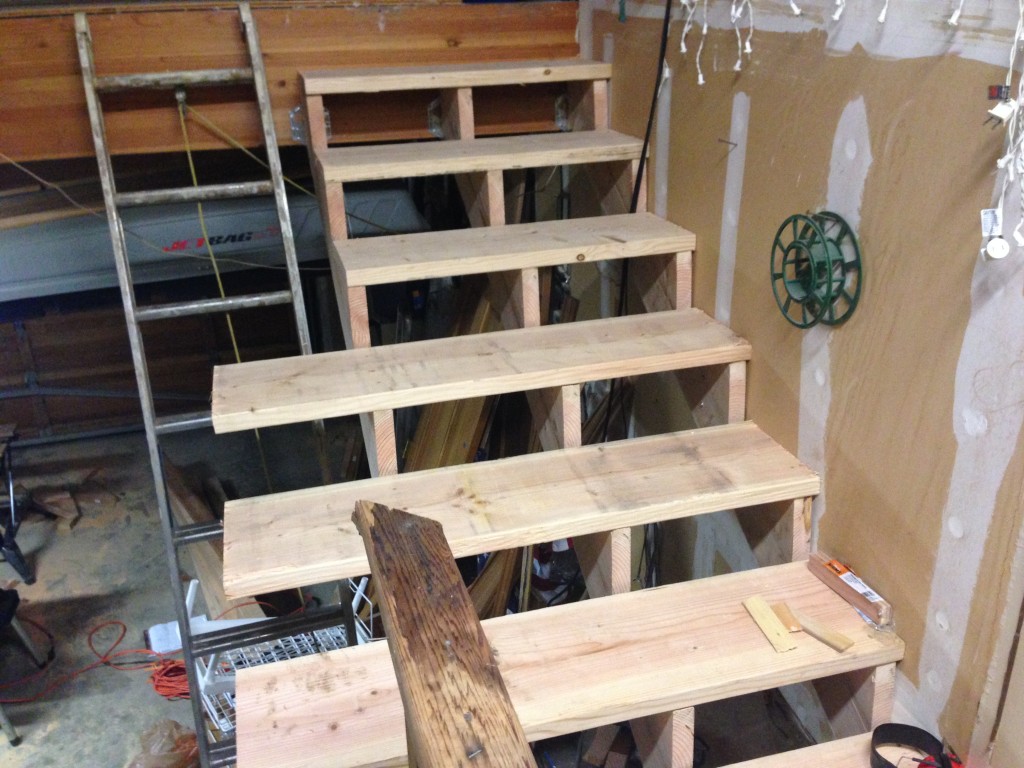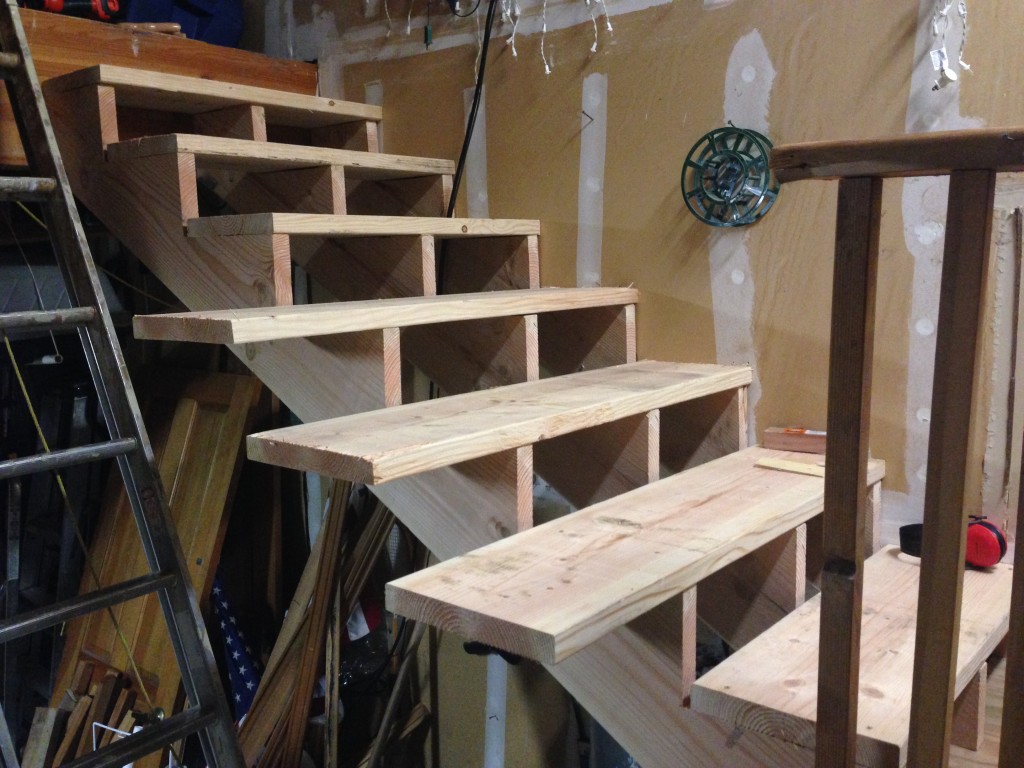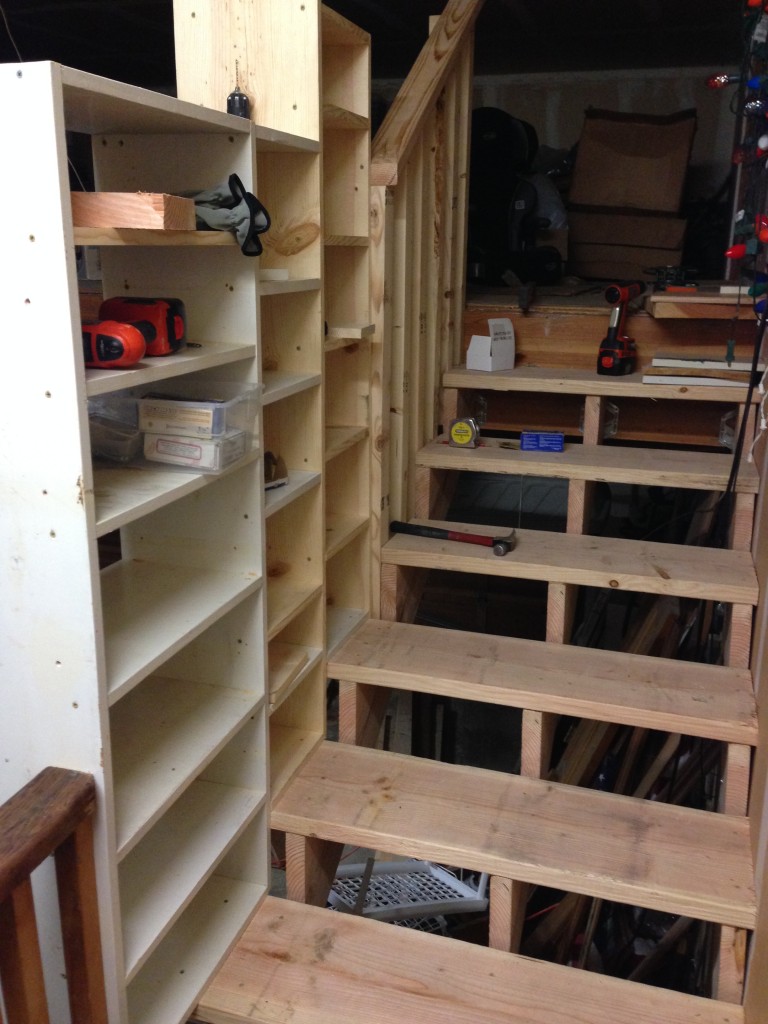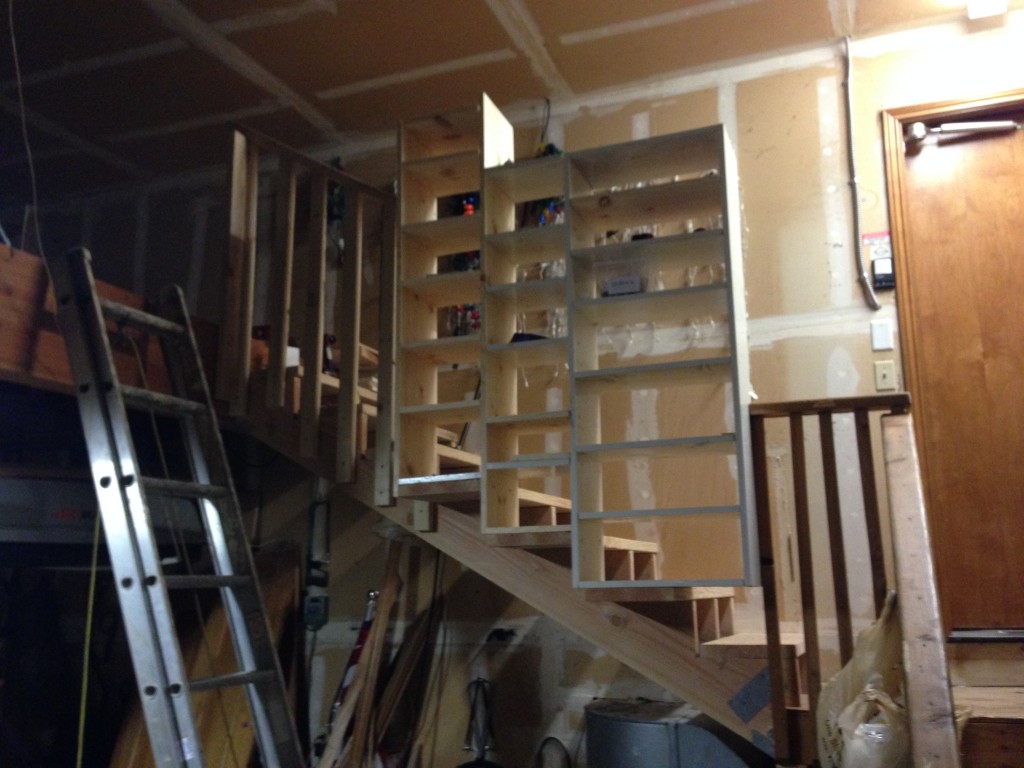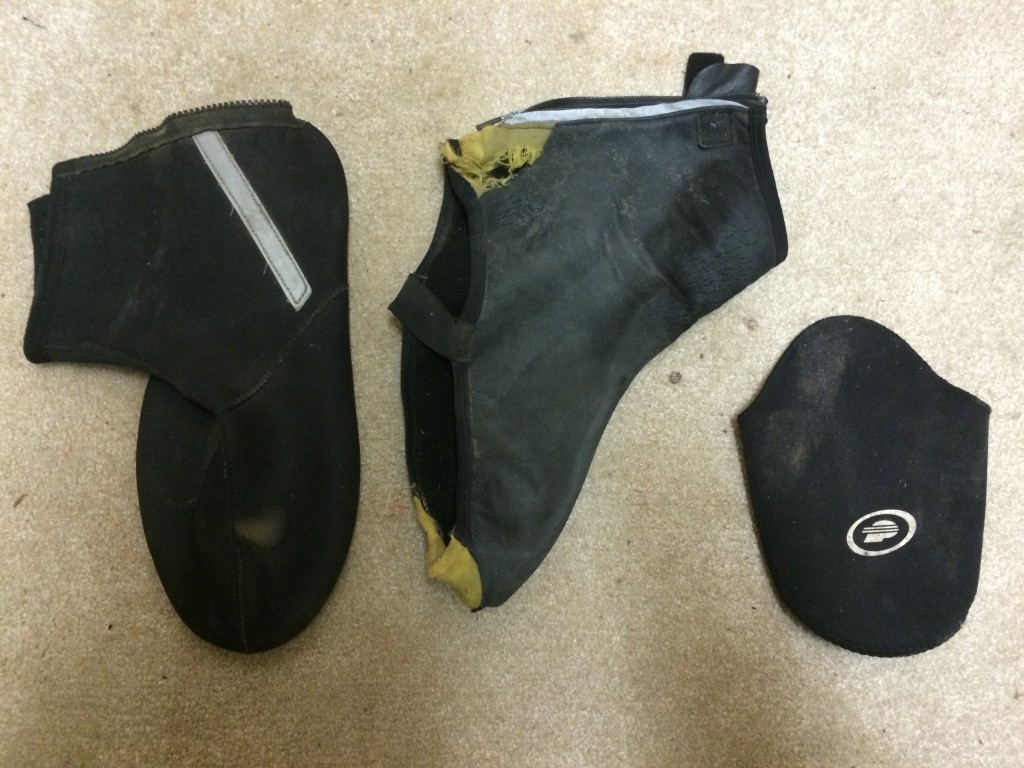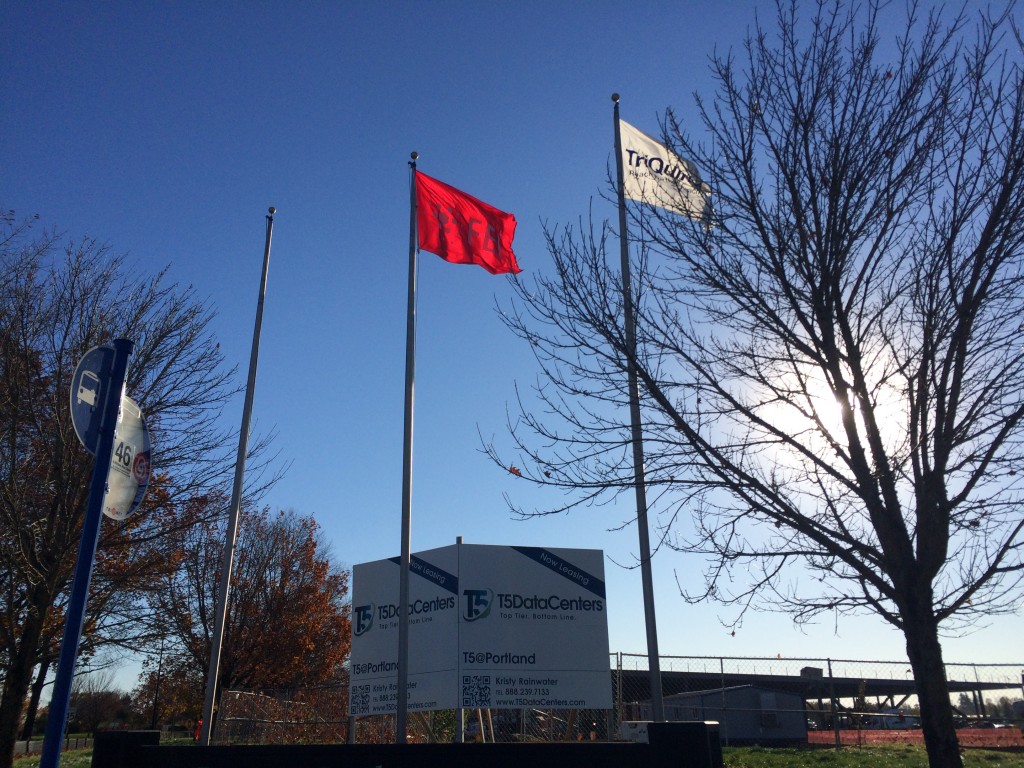In the summer of 1995 we had an extended family reunion in Utah, and I played tennis with my cousin. It was a lot of fun, and I have to admit the competitor in me wanted a future rematch, since my cousin beat me. So I instantly caught the tennis bug and started playing a lot with anyone I could get onto the court with me, including my oldest son just before he left for his two year mission.
Here in the Pacific Northwest tennis is a year round sport, with indoor play being most common for serious players. I wanted to join a local club for more opportunities to play and ended up joining Sunset Athletic Club with a family membership, though I had to wait a few months until they finished some remodeling after a fire destroyed their main building.
Thus began my “tennis 2nd life”. At the club I had many opportunities to play, including fun practice, leagues, and tournaments. I felt like a kid again, having so much fun playing tennis like old times. My game improved and I took some lessons for the first time in my life. My younger children also took classes and played with me sometimes. (My younger daughter went on to play for her high school varsity team.) Along the way I got revenge at the family reunion in 1997, beating my cousin in a rematch.
To facilitate fair competitive play, the United States Tennis Association (USTA) uses a skill rating system (NTRP), so that players with similar abilities will play each other in tournaments and leagues. I started out with a 3.5 rating, which is about average for semi-serious club players. I entered some tournaments and played in some leagues, mostly playing singles, and by 2001 had improved my game sufficiently that I got promoted to the next higher level, 4.0. I have to say that my last year as a 3.5 was a banner year, and so much fun. I won several tournaments and went nearly undefeated in league play. Our team went undefeated and nearly won the Northern Oregon playoffs. It was a huge ego boost to get moved up, but almost instantly I became an “average” player again, as my competition was improved as well.
I played in men’s leagues, mixed doubles leagues, and summer leagues, as well as various tournaments through the year. Over time I migrated increasingly towards more doubles play, and at times had a very good partner, yielding great results and very fun times. Other times I didn’t and results weren’t as stellar, nor was it as much fun.
I’ve always been one to enjoy organizing things so I took on the role of being team captain, which is kind of like a player/manager. He recruits players for the team, registers the team, organizes team practice play, and sets lineups for matches (including lots of strategy), as well as recording results. I found it mostly enjoyable and satisfying being captain, and the players always appreciated my efforts. It was a challenge sometimes trying to keep all the players happy, and deciding whether to play to win, or play everyone equal time. I’ve been a team captain every year for over a decade now.
For league play, the top two teams in the division standings advance to the Northern Oregon playoffs. The winner of the playoffs (and sometimes the 2nd place team as a wildcard) advances to the Pacific Northwest Sectionals championships, including teams from Alaska, British Columbia, Idaho, Washington, and Oregon. Prior to this year I had been on two teams that made it to sectionals, both times taking place in Sunriver, Oregon, and both times with 7.0 mixed doubles teams (two 3.5 rated partners make a 7.0 team, or also a 4.0/3.0 combo). I was captain of one of those teams and we had a great group of folks, and this experience was a highlight. However, both times we went as a wildcard — I had never been on a Northern Oregon championship team.
Until this year.
To be continued…


